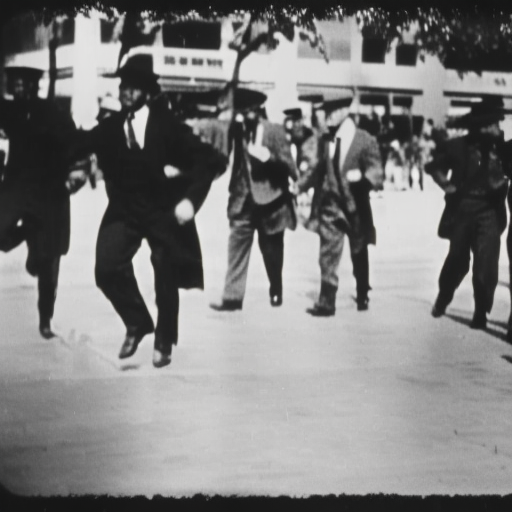The Gulf of Tonkin Resolution (1964)
The Gulf of Tonkin Resolution was a joint resolution passed by the United States Congress in response to two alleged attacks by North Vietnamese naval vessels on American destroyers in the Gulf of Tonkin. The resolution granted President Lyndon B. Johnson broad authority to use military force in Southeast Asia without a formal declaration of war. It marked a significant escalation of U.S. involvement in the Vietnam War.
Background
The United States had been providing military assistance to South Vietnam in its fight against the communist forces of North Vietnam since the late 1950s. By 1964, tensions were escalating, and the U.S. was increasing its military presence in the region. The Gulf of Tonkin, located off the coast of North Vietnam, became a hotspot for clashes between American and North Vietnamese forces.
The Alleged Attacks
On August 2, 1964, the USS Maddox, an American destroyer, reported being fired upon by North Vietnamese patrol boats while conducting a reconnaissance mission in the Gulf of Tonkin. The Maddox returned fire and successfully evaded the attackers. Two days later, on August 4, the USS Maddox and another destroyer, the USS Turner Joy, reported another attack by North Vietnamese vessels. However, subsequent investigations have raised doubts about the accuracy of these reports, suggesting that the second attack may not have actually occurred.
The Resolution
In response to the alleged attacks, President Johnson requested Congress to pass a resolution authorizing him to take any necessary measures to defend U.S. forces and prevent further aggression in Southeast Asia. On August 7, 1964, the Gulf of Tonkin Resolution was passed by both the House of Representatives and the Senate with overwhelming support.
The resolution granted President Johnson broad powers to use military force in Vietnam without a formal declaration of war. It effectively gave him the authority to escalate U.S. involvement in the conflict. The resolution stated that the President could “take all necessary measures to repel any armed attack against the forces of the United States and to prevent further aggression.”
Impact and Controversy
The Gulf of Tonkin Resolution had far-reaching consequences. It provided legal justification for the escalation of U.S. military involvement in Vietnam, leading to a significant increase in troop levels and the intensification of bombing campaigns. The resolution also marked a shift in the balance of power between the executive and legislative branches of the U.S. government, with Congress effectively relinquishing its authority to declare war.
However, the Gulf of Tonkin incident and the subsequent resolution have been the subject of controversy and criticism. In the years following the war, it was revealed that the second attack on August 4 may have been based on faulty intelligence. Some argue that the Johnson administration used the incident as a pretext to justify an expanded military presence in Vietnam.
The resolution also faced opposition from a small number of lawmakers who questioned the constitutionality of granting such broad powers to the President without a formal declaration of war. As the war dragged on and the human and financial costs mounted, public sentiment turned against U.S. involvement in Vietnam, and the Gulf of Tonkin Resolution became a focal point for anti-war protests.
Conclusion
The Gulf of Tonkin Resolution was a pivotal moment in the Vietnam War, granting President Johnson the authority to escalate U.S. military involvement in the region. It marked a significant shift in the balance of power between the executive and legislative branches of the U.S. government and had far-reaching consequences for the war and American society. The resolution remains a subject of controversy and debate, highlighting the complexities and challenges of U.S. foreign policy.












